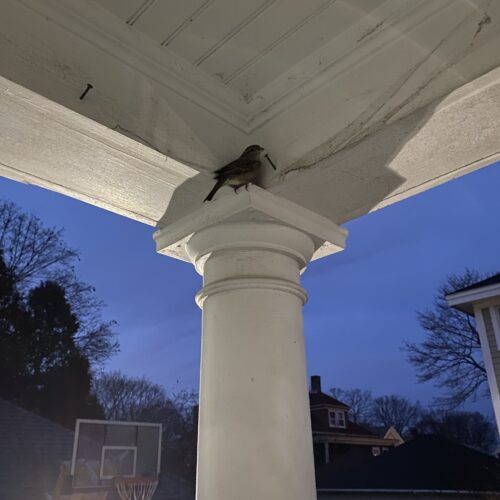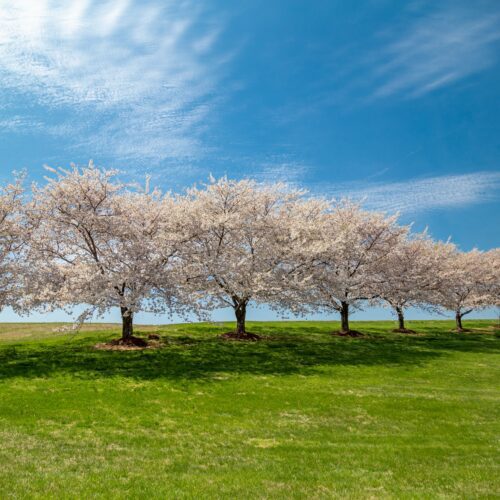 I have to say right off the bat: I struggle with this. I know in my head and heart that ebbing is part of the natural order – or rather rhythm – of things. I really do. I get that it’s natural and it should be expected. It’s the reason for our cycles and seasons. It’s how the wheel of the year – and our lives – keeps turning. And yet every month and every year I find myself resisting it – kicking and screaming and resisting the ebb tide after a good dose of flowing.
I have to say right off the bat: I struggle with this. I know in my head and heart that ebbing is part of the natural order – or rather rhythm – of things. I really do. I get that it’s natural and it should be expected. It’s the reason for our cycles and seasons. It’s how the wheel of the year – and our lives – keeps turning. And yet every month and every year I find myself resisting it – kicking and screaming and resisting the ebb tide after a good dose of flowing.
So you know what I’m talking about, right? We ebb and flow just as the tides do. As creatures that are made up of 80% water that shouldn’t be too much of a surprise. We wax and wane, we have times of intense light and times of deep darkness. We extend outward and then retract inward. It’s the Yin and Yang of life and it just is – always has been, always will be. And here’s the clincher for me: we don’t have any control over it. The wheel keeps on turning – with our without our permission.
And yet when I hit a period of ebbing, I react in the strangest way. All at once, I am startled, angry, resentful, inconvenienced and thoroughly annoyed – like a petulant little girl stomping her foot saying “No!” And then comes the feeling of isolation. Of having been abandoned. That’s when my fight gives way to panic.
But here’s the weird part: I wouldn’t trade it for the world. I actually got called on it by my coach during one of my most recent hissy fits. I related my experience at the time of standing in the mud flats – not being able to move, feeling really isolated and stranded – with my back to the shore and the water way out ahead of me. The lowest part of low tide. From this perspective, I could sense others like myself situated at various points of the mud flats – some out further as I was, some closer to shore. It occurred to me at that moment that I chose this. I followed the tide out until my feet got stuck and slowed me to a stop. And now I was throwing a fit about it.
I recently listened to a Ingrid Michaelson song (The Chain) that perfectly described this sensation at the peak of low tide:
The sky looks pissed
The wind talks back
My bones are shifting in my skin
And you, my love, are gone
My room seems wrong
The bed won’t fit
I cannot seem to operate
And you, my love, are gone
Viewed from this context, the “love” referred to in this song is my own: self love. I’ve come to see that now. I realize that in the fight and resistance of my own ebbing, I have tended to abandon myself. In essence, I have become a ‘fair weather friend” to myself – truly loving myself only as I flow, but withholding love as I ebb. No wonder I tend to resist the whole journey. I’ve been unconditionally loving myself.
And here’s the thing: I’m not alone. As my practice centers primarily on working with women, I have come to see this is a common pattern among women. I suspect because, unlike our male counterparts, we are built to experience cycles monthly in addition to annually. So we get more opportunities and consequently more practice with the ebb and flow cycle.
I see women in my practice exhibit similar behaviors as ebbing occurs. These are the times that we are heavy with emotion, whether it be angst, anger or sorrow. It is at these times that I hear clients use phrases like “beating myself up”, “can’t get out of my own way”, or “so hard on myself.” It’s a raw time when things seem to lurk just under the surface of the skin. Women expresss a desire to “be gentle with myself”, but struggle to know how to go about doing just that.
Sound familiar?
In trying to understand this pattern – in myself and in my clients – I look to two primary forces: our society and the culture of “flowing” we clearly value and the innate wisdom of our bodies.
In Carl Honore’s book, In Praise of Slowness:Challenging the Cult of Speed, he maps out the culture we have created and the danger that lurks therein. Quite simply, he drives home the message that our “model” in modern day society is not sustainable. Forced to go, go, go – with little to no time to recharge and restore (let alone reflect), we deplete our internal resources and eventually break down. He uses countless examples to illustrate how this “culture of speed” is an addiction and is destructive in nature. He makes a case for the need to SLOW down – essentially inviting us to rediscover and harness the power of “ebbing.”
Dr. Christiane Northrup is one of my favorite people when it comes to honoring the nature of women’s bodies and women’s wisdom. She’s written countless books on the subject, but one of her recent PBS specials really stopped me in my tracks. She was inviting women – and society at large – to reframe the antiquated and erroneous assumption that P.M.S. (formerly “Pre-Menstrual Syndrome”) be viewed from an entirely different (and ancient) perspective. By reminding us of the power that lives within our bodies and of the inner guidance system that we have access to as a result, she reveals that women are a source of deep wisdom and knowing. In that vein, she suggested we look at PMS – often a time when we are mocked, trivialized or dismissed – with a bit more reverence, suggesting it is a time of “Pre-Menstrual Strength.” It is during this time – the pinnacle of ebbing – that we are closest to meaning in ourselves and the world as a whole. We come face to face with what is unfinished or lacking and gain clarity on what is most meaningful to us. In a way, Dr. Northrup invites us to see this time as “going to our well” – the place that holds our truth.
In my own experience, I have come to refer to this “well” as my Pit of Despair (that particular phrase is meant to be said in a uber-dramatic craggily-voiced sort of way, much like the Billy Crystal character from The Princess Bride.)
So every month, without fail, I pack my bags and head to into my Pit of Despair. Some trips are easier than others, but I’m beginning to take some proud ownership in that territory of my life. Here’s what I’ve come to appreciate about those trips:
- Fighting, whining, dragging my feet, bitching and moaning…it’s all part of the process of me getting ready to go to the Pit. Each distinct emotion and reaction is like a rung on my ladder down.
- The sooner I get down to the bottom, the sooner I can climb back up
- There IS a bottom (my mantra when panic sets in)
- The deeper I go down, the higher I soar up
- There is something to be said for wallowing – it’s a fine art deserving of some distinction
- This cycle will happen with our without my permission or help
- There is a direct connection to the Pit and my creativity
- The trip out of the Pit (flowing) is SO rewarding and fulfilling
- There is a renewal of pride and resourcefulness with each trip down and up
- There is no such thing as a “bad” trip to the Pit – something “good” always comes of it
- Loving myself at the bottom of the Pit takes a lot of intention and is critical to my health
At its core, ebbing is about surrender – to ourselves, to the natural rhythms of our lives, to our higher power, to our wisdom. It’s about throwing down the reins and allowing ourselves to be restored and “held” by something other than our minds, our muscles or our sheer determination. It’s about letting it all hanging out. It’s about letting our sensitive underbellies show and be vulnerable. It requires a fair degree of humility and a bucket load of faith. It’s about opening our eyes and hearts to what we fear most, while continuing to love ourselves for our humanness and our capacity to feel those feelings and think those thoughts. Paradoxically, it’s a celebration of life and living that can feel like death and dying. Like the archetypal phoenix rising from the flames, we will be reborn from the ashes and once again flow as a high tide.
So at the ripe age of 41, I’m staking some ground around my trips to the Pit. I might still look as though I’m resisting them, but if I were to be really honest about it, my life is much richer as a result.



